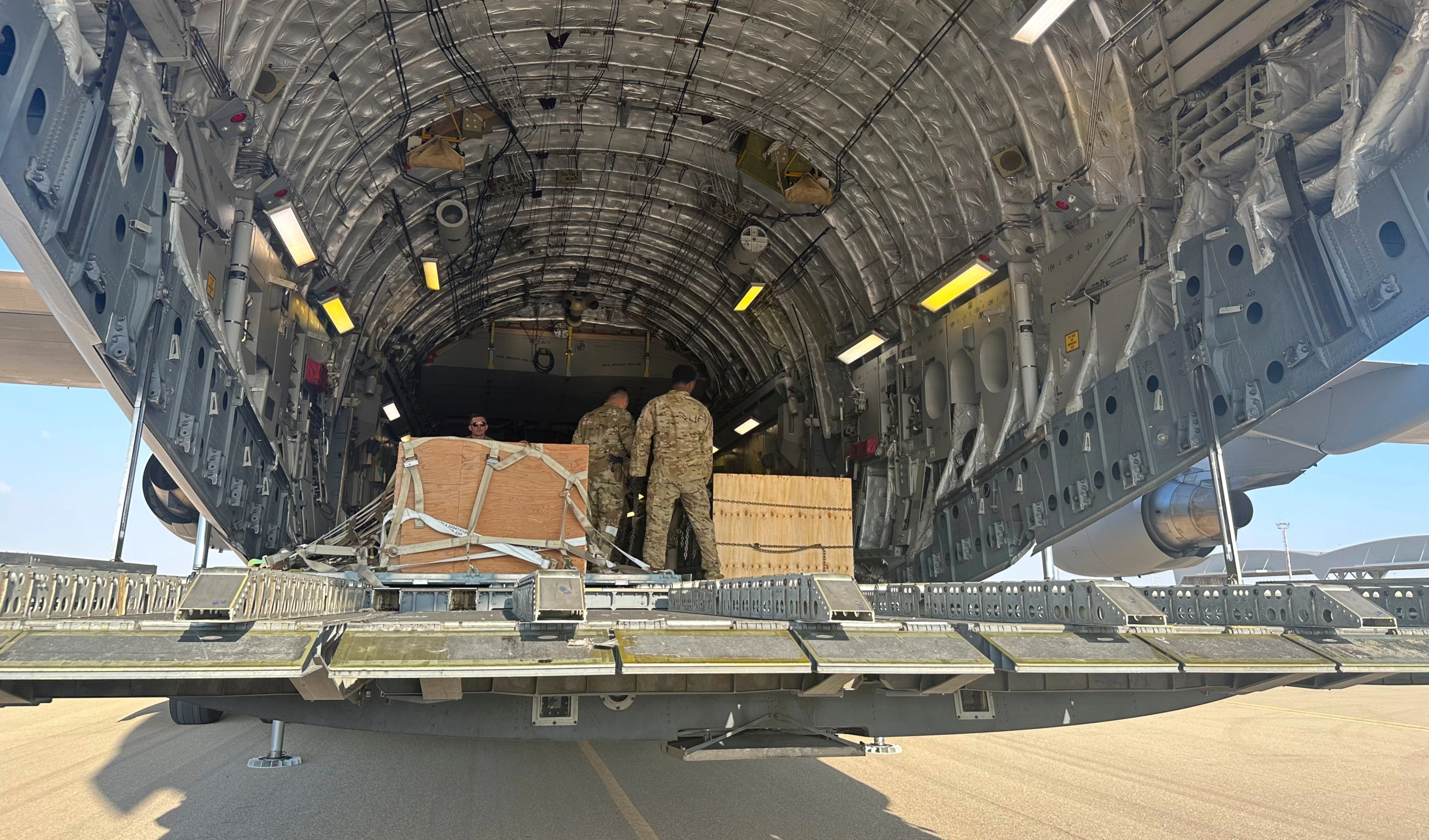NASA bars Chinese nationals from programs, research access
NASA's move further escalates tensions as Washington and Beijing race to the Moon and expand their strategic space ambitions.
-

Workers on scaffolding repaint the NASA logo near the top of the Vehicle Assembly Building at the Kennedy Space Center in Cape Canaveral, Florida, May 20, 2020 (AP, File)
NASA has imposed new restrictions preventing Chinese citizens, even those holding valid US visas, from working on its programs. The decision, confirmed by agency spokesperson Bethany Stevens, marks a sharp escalation in Washington’s efforts to limit Beijing’s access to American space research.
While NASA has long maintained restrictions on hiring Chinese nationals directly, those with US visas had previously contributed through universities, research institutions, and as contractors. That changed on Friday, when Chinese researchers were suddenly denied access to agency data systems and barred from attending both in-person and virtual meetings.
“NASA has taken internal action pertaining to Chinese nationals, including restricting physical and cybersecurity access to our facilities, materials, and network to ensure the security of our work,” Stevens said.
US vs. China: Space rivalry
The move comes against the backdrop of an intensifying struggle between Washington and Beijing to secure dominance in outer space. Both nations are pursuing ambitious lunar missions within the next five years, aiming to establish a long-term presence on the Moon.
Acting NASA Administrator Sean Duffy, addressing concerns that Beijing could overtake the US in reaching the lunar surface, told staff he would be “damned” if China won the race. The remarks highlight the pressure within the agency as the Artemis program faces delays, funding challenges, and shifting priorities.
The broader rivalry stretches beyond lunar exploration. The US has bolstered its Space Force, created in 2019, to counter what it sees as growing threats from China and Russia. Exercises like Resolute Space 2025 have simulated orbital warfare scenarios, while new satellite constellations such as SpaceX’s Starlink and its military counterpart Starshield are being tested for battlefield integration.
Beijing, meanwhile, has completed its Tiangong space station and expanded the BeiDou navigation system, cementing its status as a rising space power. China aims to land taikonauts on the Moon by 2030, in partnership with Russia, as part of the International Lunar Research Station initiative.
Political, strategic context
The NASA restrictions reflect wider US policy under President Donald Trump, whose administration made sweeping cuts to climate science funding while prioritizing military space programs. The latest ban adds another layer of strain, symbolizing how technological competition has become a core feature of US-China relations.
NASA remains committed to landing astronauts on the lunar surface under the Artemis 3 mission, currently scheduled for 2028. China, by contrast, has set a target of sending a crewed mission by 2030. Analysts warn that whichever side reaches the Moon first will gain significant leverage over future exploration and access to lunar resources.

 3 Min Read
3 Min Read










